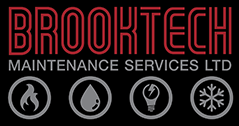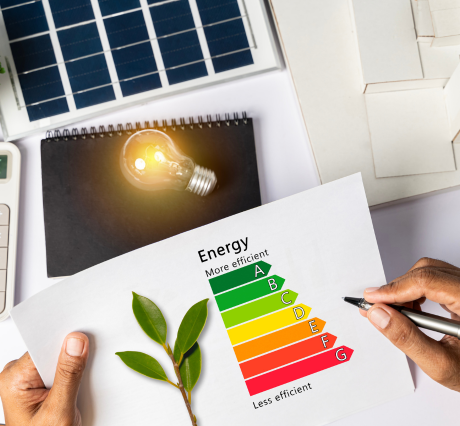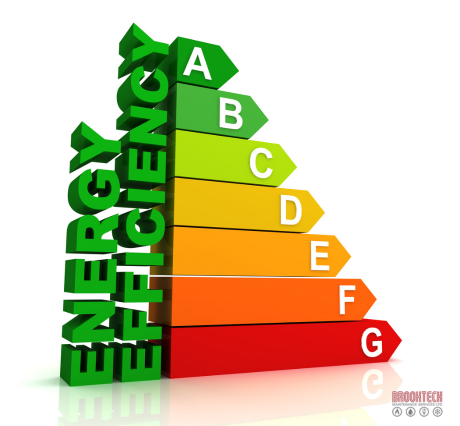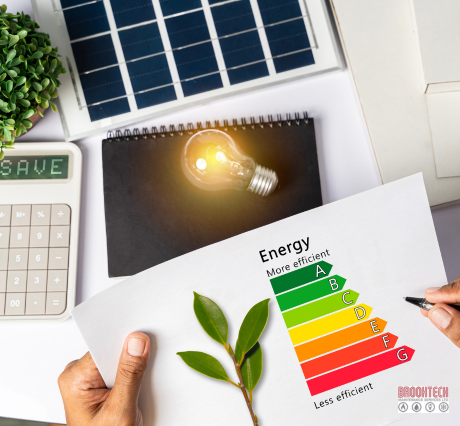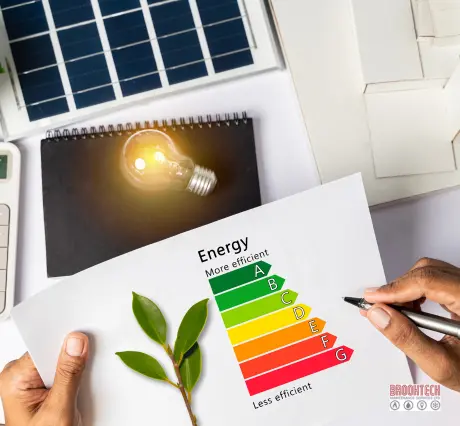Optimising Energy Efficiency with 10 Essential Tips
Optimising energy efficiency is crucial for commercial properties. Not only does it save money, but it also enhances sustainability and improves the overall comfort of your building. In this blog, we will explore ten essential tips for optimising energy efficiency, ensuring your commercial property remains cost-effective and environmentally friendly.
Why Optimising Energy Efficiency is Important
Optimising energy efficiency in commercial properties is essential for reducing operational costs, enhancing building value, and demonstrating a commitment to sustainability. Energy-efficient buildings also offer better occupant comfort and productivity, making them more attractive to potential tenants and customers.
1. Conduct an Energy Audit
An energy audit is the first step towards optimising energy efficiency. It involves a comprehensive evaluation of your building’s energy use, identifying areas of waste and opportunities for improvement. Professional auditors can pinpoint inefficiencies in heating, cooling, lighting, and equipment, providing a roadmap for energy-saving measures. The Carbon Trust offers resources and support for conducting energy audits.
2. Upgrade to LED Lighting
Lighting accounts for a significant portion of energy consumption in commercial properties. Upgrading to LED lighting can reduce energy use by up to 75% compared to traditional incandescent bulbs. LEDs also have a longer lifespan, reducing maintenance costs. The Energy Saving Trust provides advice on switching to energy-efficient lighting.
3. Implement Smart Building Technologies
Smart building technologies, such as automated lighting and HVAC systems, can drastically improve energy efficiency. These systems use sensors and controls to adjust lighting, heating, and cooling based on occupancy and external conditions, ensuring optimal energy use without sacrificing comfort. According to BSRIA, smart building technologies can reduce energy use by up to 30%.
4. Improve Insulation and Seal Leaks
Proper insulation is essential for maintaining a building’s temperature and reducing energy consumption. Insulating walls, roofs, and floors can prevent heat loss in winter and keep cool air inside during summer. Additionally, sealing leaks around windows and doors can significantly enhance energy efficiency. The Energy Saving Trust provides detailed guidance on improving insulation.
5. Use Energy-Efficient HVAC Systems
Heating, ventilation, and air conditioning (HVAC) systems are major energy consumers in commercial buildings. Upgrading to energy-efficient HVAC systems can reduce energy use by up to 40%. Regular maintenance and timely replacements of filters, belts, and other components can also improve efficiency. The Chartered Institution of Building Services Engineers (CIBSE) offers best practices for maintaining and upgrading HVAC systems.
6. Install Renewable Energy Sources
Integrating renewable energy sources, such as solar panels or wind turbines, can drastically cut energy costs and reduce a building’s carbon footprint. These systems can provide a sustainable source of energy, often with financial incentives from government programs. The Renewable Energy Hub UK offers resources and advice on installing renewable energy systems.
7. Monitor and Manage Energy Use
Implementing an energy management system (EMS) can help track and control energy consumption in real-time. These systems provide valuable insights into energy use patterns, helping identify areas for further optimisation and ensuring compliance with energy efficiency goals. The Carbon Trust provides information on EMS and how to implement them effectively.
8. Regular Maintenance and Inspections
Routine maintenance and inspections of heating, cooling, and lighting systems are crucial for optimising energy efficiency. Regularly scheduled checks can identify and fix issues before they escalate, ensuring systems run smoothly and efficiently. Proper maintenance also extends the lifespan of equipment, further reducing costs.
9. Employee Training and Engagement
Educating employees about energy-saving practices can significantly impact overall energy consumption. Encourage staff to turn off lights, equipment, and computers when not in use. Implementing energy-saving policies and providing regular training can foster a culture of sustainability within your organisation.
10. Leverage Financial Incentives and Support
Various government schemes and incentives are available to support businesses in improving energy efficiency. Research and leverage these opportunities to offset the costs of upgrades and installations. The UK Government provides information on available grants and incentives.
How We Can Help You In Optimising Energy Efficiency
This is a multifaceted approach that involves evaluating current energy use, implementing modern technologies, and ensuring regular maintenance. By taking these steps, businesses can achieve significant cost savings, enhance occupant comfort, and contribute to a sustainable future. Brooktech is dedicated to assisting you in every step of this journey, providing expert services and solutions tailored to your specific needs.
Contact Brooktech today to learn more about our energy efficiency services and how we can help you create a more sustainable, cost-effective commercial property.
